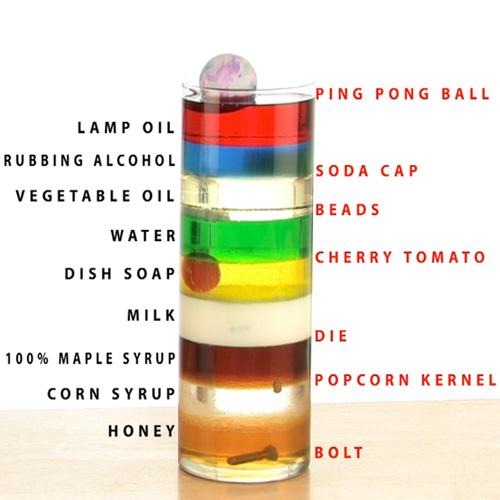Science Quiz-Density-3/24/2025
Amount of mass within a given volume.
Density
Amount of matter in an object
Mass
1/19
Earn XP
Description and Tags
Yellow
Name | Mastery | Learn | Test | Matching | Spaced |
|---|
No study sessions yet.
20 Terms
Amount of mass within a given volume.
Density
Amount of matter in an object
Mass
Amount of space an object takes up
Volume
unit for measuring mass
Grams (g)
unit for measuring volume of a solid
Cubic Centimeters (cm3)
unit for measuring volume of a liquid
Milliliters (mL)
unit for measuring length (1/100th of a meter)
Centimeters (cm)
Formula for density
D=M x V
Formula for finding volume of regular shape
V = L x W x H
Process for finding the volume of an irregular solid
water displacement method
A measure of gravity on an object
Weight
1 g/mL (or 1 g/cm³)
Density of water
if density of object is less than dense than water, it will (sink or float)
float
anything that has mass and takes up space
Matter
If the density of an object is more dense than water, it will (sink or float)
Sink
What is the relationship between 1 mL and 1 cm³
equivalent (equal)
What is the volume of the ring?
4mL
D = M / V D = 10 g / 5 mL D = 2 g/cm³ - If the water level rose 5 mL when the key was placed in the graduated cylinder and had a mass of 10 g on the scale, what is its density?
If solids are usually more dense than liquids, why does ice float?
Water is an exception to the rule. Unlike most substances, water becomes less dense when it freezes due to hydrogen molecules moving further apart instead of closer together.
Which liquid has the highest density?
Honey (the higher the density the lower it drops)
